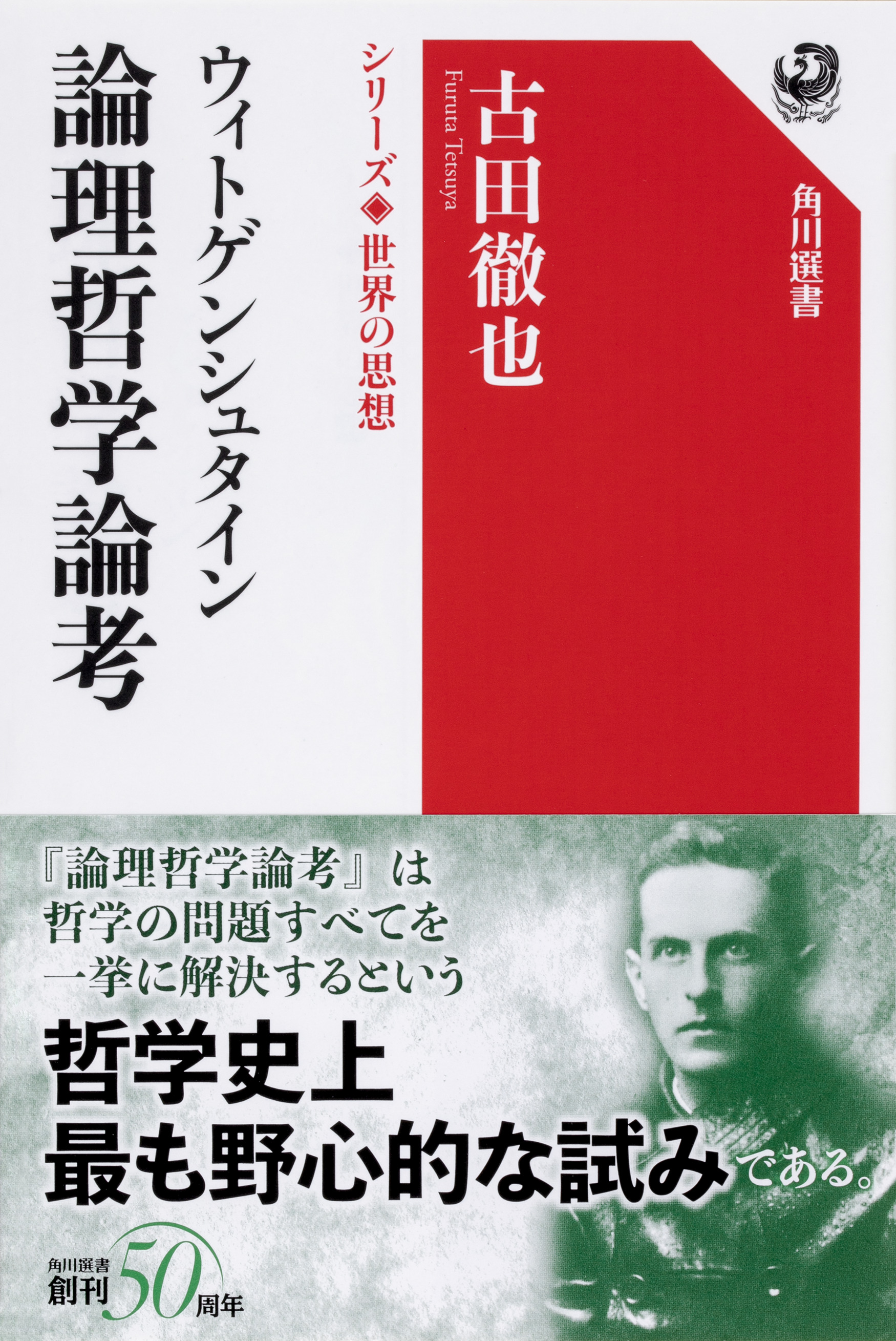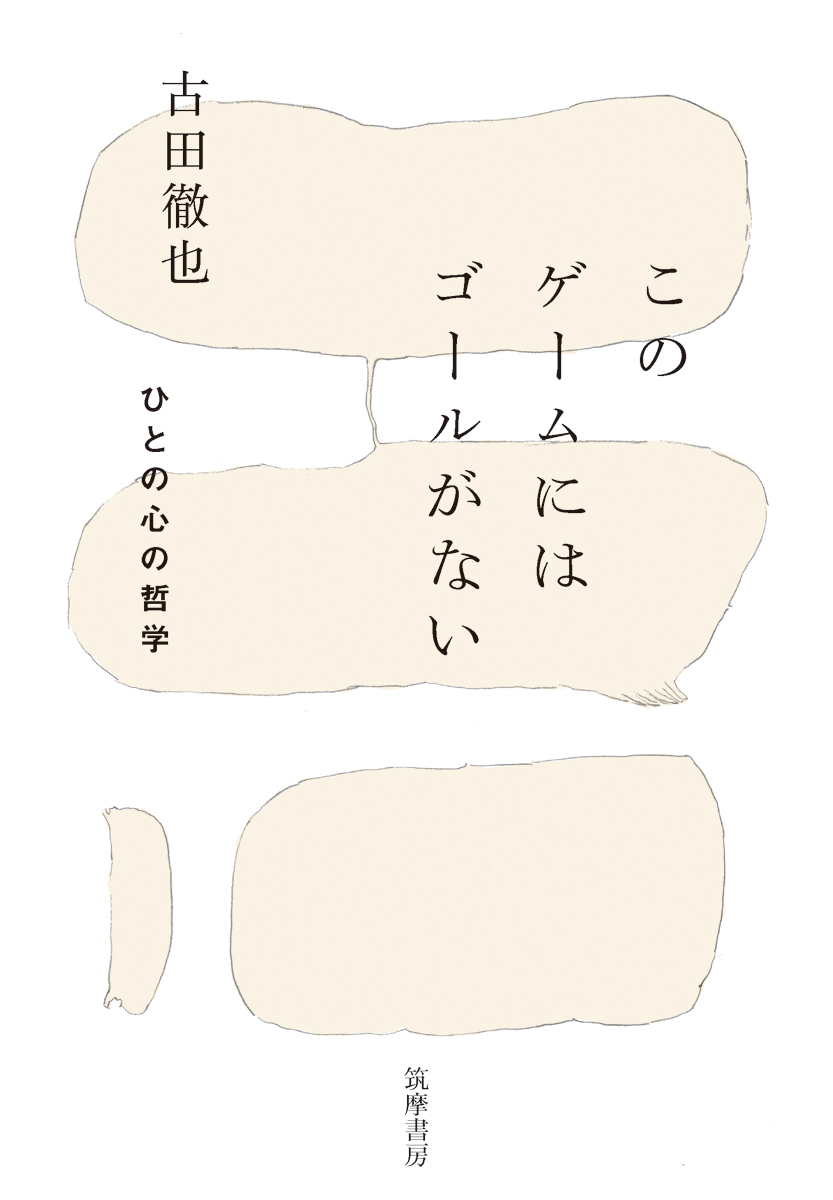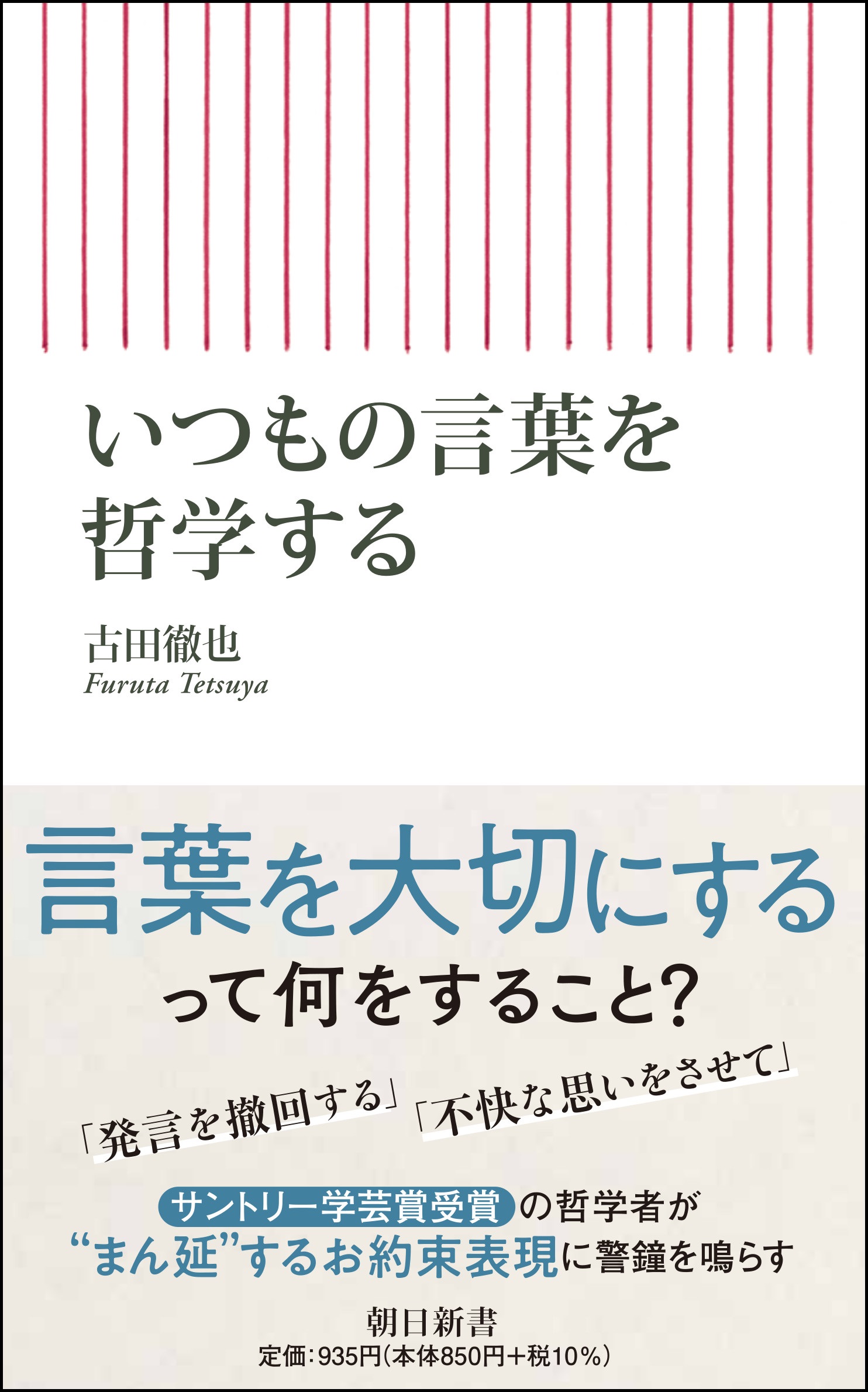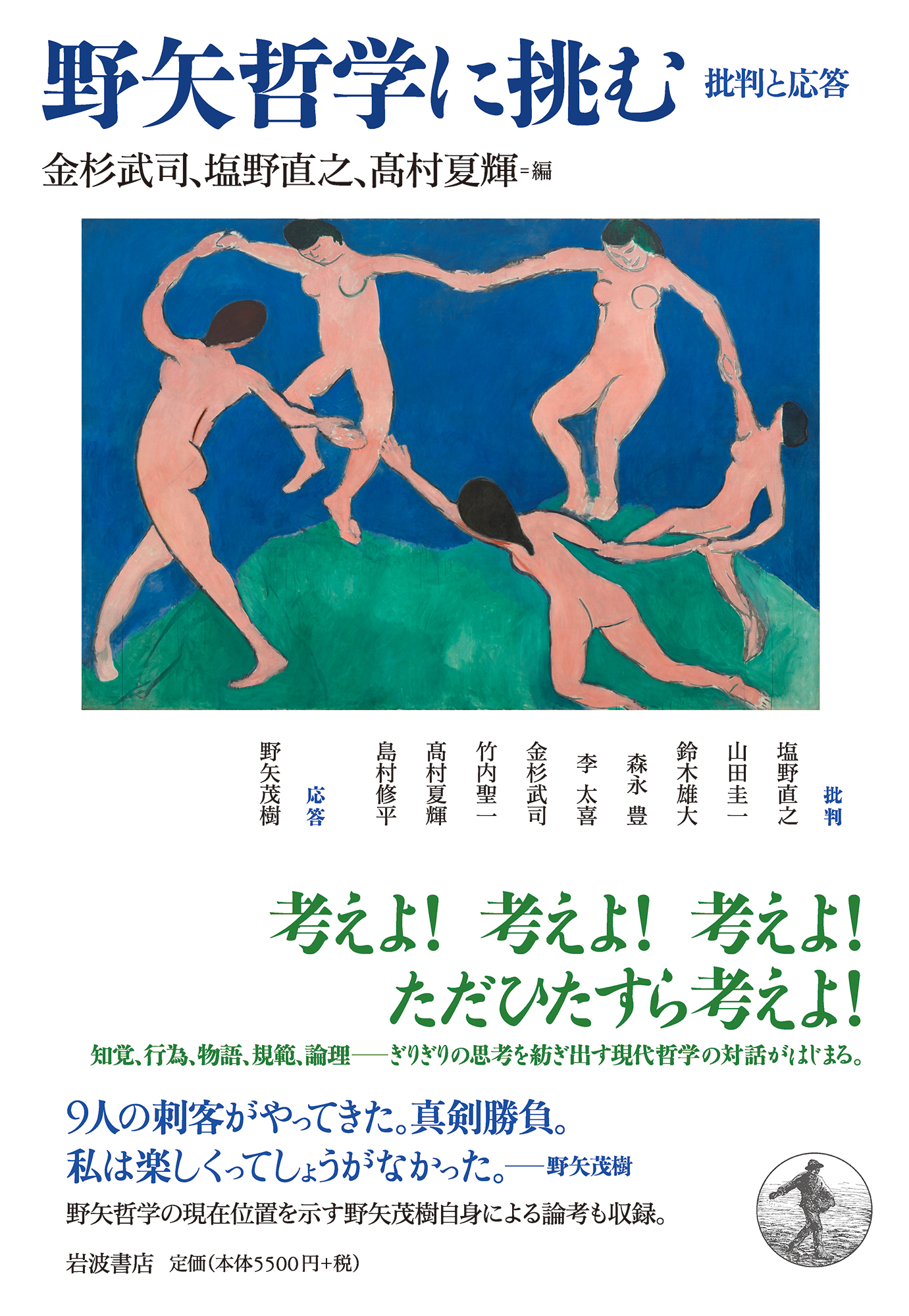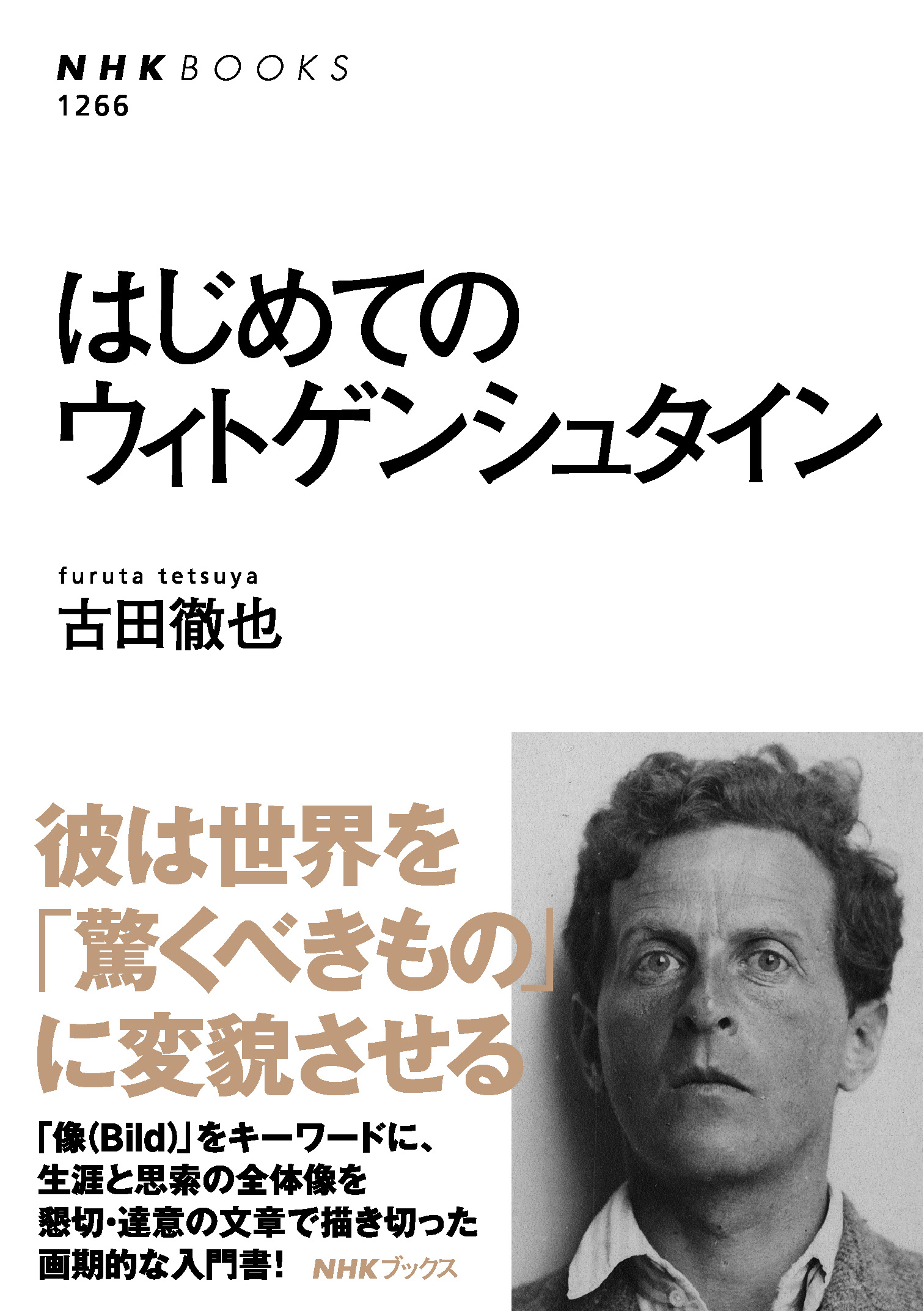
Title
NHK Books No.1266 Hajimete no Wittgenstein (First encounter with Wittgenstein)
Size
320 pages, B6 format
Language
Japanese
Released
December 25, 2020
ISBN
978-4-14-091266-9
Published by
NHK Publishing, Inc.
Book Info
See Book Availability at Library
Japanese Page
As the title suggests, this book is an introduction for those encountering the modern philosopher Wittgenstein for the first time. It provides an overview of his philosophy, while also tracing details about his life and transition of thought.
However, this book differs from those that provide a comprehensive but shallow introduction to each of Wittgenstein’s works and themes. There are already numerous useful books that comprehensively outline his works and main subjects of discussion (a number of these are introduced in the bibliography). Instead, this book takes a closer look at the core of his argument.
This book closely examines the framework that supports Wittgenstein’s narrative, which at first glance appears to be very complex. It also highlights the basis of his ideas that developed and segmented in diverse ways. The aim is to provide a rough sketch and compass for navigating the fertile “forest” of the Wittgenstein philosophy that runs throughout his series of works as people can easily become lost.
This book focuses on the contrast between “Early” and “Late” Wittgenstein. His philosophy can be broadly classified into the thought he developed in his youth, typified by Tractatus Logico-philosophicus (Early Wittgenstein) and the thought he spun out again in his middle age (Late Wittgenstein). So, how do these two types of thoughts differ specifically? Why and how did Wittgenstein attempt to overcome his former thought? This book revolves around exploring this basic issue.
From Early to Late Wittgenstein, an in-depth understanding of facts concerning this change is essential to understanding his personal philosophy. When we attempt to understand the world, which direction do we tend to head in? Which pitfalls are we prone to falling into? Following Wittgenstein’s ideological turns allows us to confirm the basic points for reflecting on our own way of viewing the world and our own ideas.
Reading this book requires no prerequisite knowledge on philosophy or Wittgenstein. Re-experiencing his ideas certainly makes the reader notice the image of themselves for the first time, and unexpectedly illuminates the world’s appearance. This book will highlight this experience.
A total of three bibliographic guides are included between each chapter and these detail the creation process of Wittgenstein’s works. Furthermore, the book also introduces his important posthumous manuscripts and a large number of related references (books and theses). Thus, it is also a volume that contributes to people aspiring to undertake research on Wittgenstein. Direct negotiations with Prof. Michael Nedo, the director of the Wittgenstein Archive, have enabled inclusion of a large number of Wittgenstein’s lesser-known photographs. Therefore, I hope that many people, including readers unfamiliar with philosophy itself, take this opportunity to pick up this book and foray into the world of Wittgenstein’s philosophy.
(Written by FURUTA Tetsuya, Associate Professor, Graduate School of Humanities and Sociology / 2021)



 Find a book
Find a book


